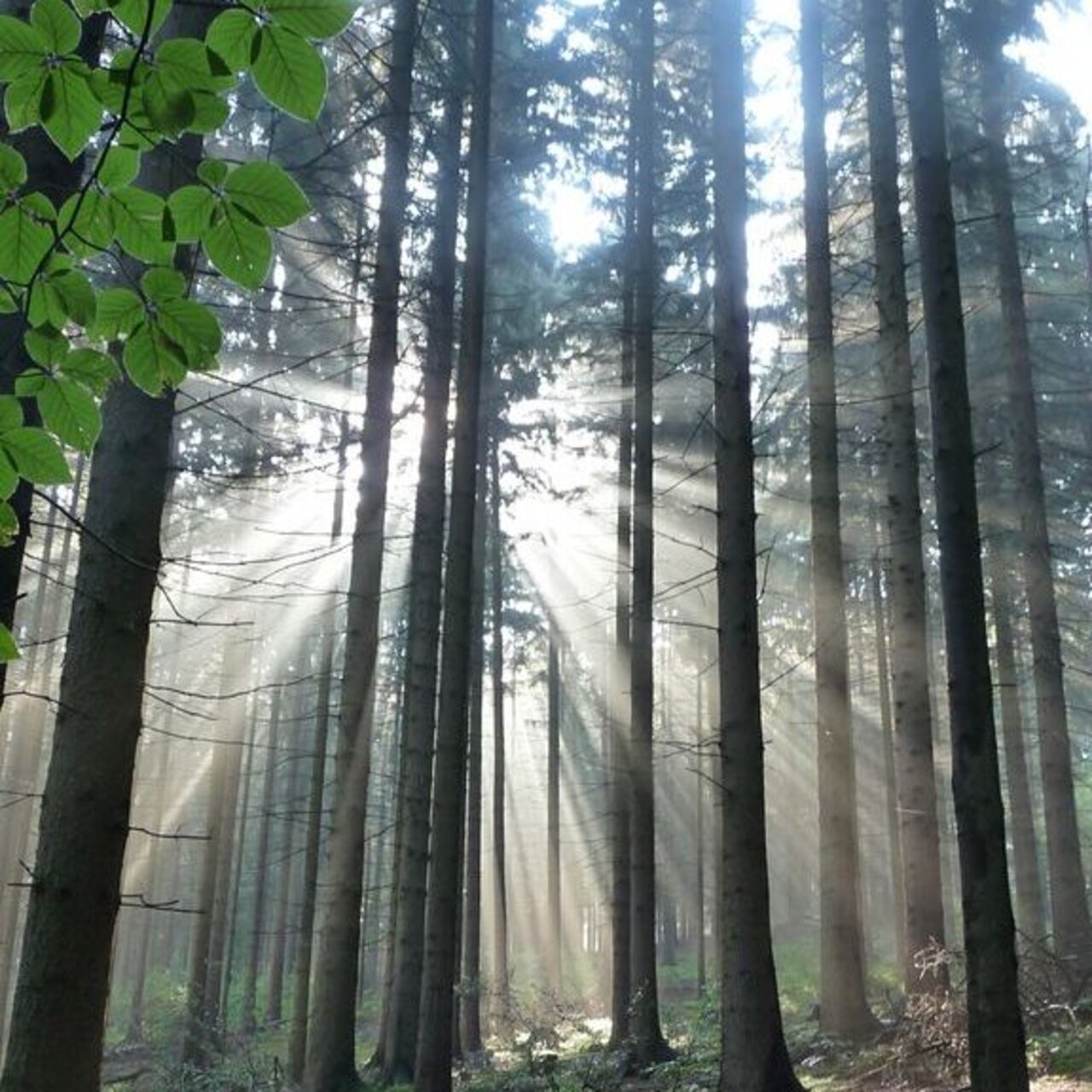Project
Drought in Norway spruce

Drought risk and adaptive potential of different Norway spruce populations
Background and Objective
Climate change affects forest ecosystems in particular by more frequent and intensive extreme weather events. Heat waves and drought events play an important role. Among the major tree species in Germany Norway spruce seems to be the most sensitive one. Decision makers in forestry expect an increasing management risk of Norway spruce which is the most important economic tree species in Germany.
Approach
Within the project we will study different populations and provenances throughout the distribution range of Norway spruce in Europe distinguishing between central provenances and rear-edge provenances originating from xeric environments. Drought tolerance will be assessed using growth and vitality indicators, and the results will be linked to physiological biomarker and genetic markers. This will provide a novel tool to evaluate the drought tolerance of different spruce provenances. Options and limitations of the regional adaptive capacity of different spruce provenances shall be assessed that can be implemented in future objective risk analyses for existing spruce stands.
Thünen-Contact

Involved Thünen-Partners
Involved external Thünen-Partners
-
Hochschule für nachhaltige Entwicklung Eberswalde (HNEE)
(Eberswalde, Deutschland) - Landesbetrieb Forst Brandenburg – Eberswalde (LFE) / Landeskompetenzzentrum Forst Eberswalde (LFE)
(Eberswalde, Deutschland)
Funding Body
-
Federal Ministry of Agriculture, Food and Regional Identity (BMLEH)
(national, öffentlich) -
Federal Ministry for the Environment, Nature Conservation, Building and Nuclear Safety (BMUB)
(national, öffentlich)
Duration
12.2015 - 3.2020
Publications
- 0
Mader M, Liesebach H, Kersten B (2023) Drought stress-induced Picea abies transcriptome changes in the context of functional interactions. Silvae Genetica 72(1):163-175, DOI:10.2478/sg-2023-0017
- 1
Mader M, Kersten B (2023) Drought stress-induced transcriptome modulations in Picea abies needles [Datenpublikation] [online]. 6 SRA Experiments, 6 BioSamples, 68 Gb. Bethesda: NCBI National Center for Biotechnology Information, zu finden in <https://www.ncbi.nlm.nih.gov/bioproject/PRJNA912094> [zitiert am 01.11.2023]
- 2
Mader M, Blanc-Jolivet C, Kersten B, Liesebach H, Degen B (2022) A novel and diverse set of SNP markers for rangewide genetic studies in Picea abies. Conserv Genet Resources 14(3):267-270, DOI:10.1007/s12686-022-01276-1
- 3
Bolte A, Sanders TGM, Natkhin M, Czajkowski T, Chakraborty T, Liesebach H, Kersten B, Mader M, Liesebach M, Lenz C, Lautner S, Löffler S, Kätzel R (2021) Coming from dry regions Norway spruce seedlings suffer less under drought. Eberswalde: Thünen Institute of Forest Ecosystems, 2 p, Project Brief Thünen Inst 2021/16a, DOI:10.3220/PB1623066406000
- 4
Bolte A, Sanders TGM, Natkhin M, Czajkowski T, Chakraborty T, Liesebach H, Kersten B, Mader M, Liesebach M, Lenz C, Lautner S, Löffler S, Kätzel R (2021) Junge Fichten aus trockenen Regionen leiden weniger unter Trockenstress. Eberswalde: Thünen-Institut für Waldökosysteme, 2 p, Project Brief Thünen Inst 2021/16, DOI:10.3220/PB1622452332000
- 5
Liesebach H, Hartmann M, Liesebach M, Bolte A (2018) Genetisch verankerte Reaktion der Fichten auf Trockenstress? AFZ Der Wald 73(9):13-15
